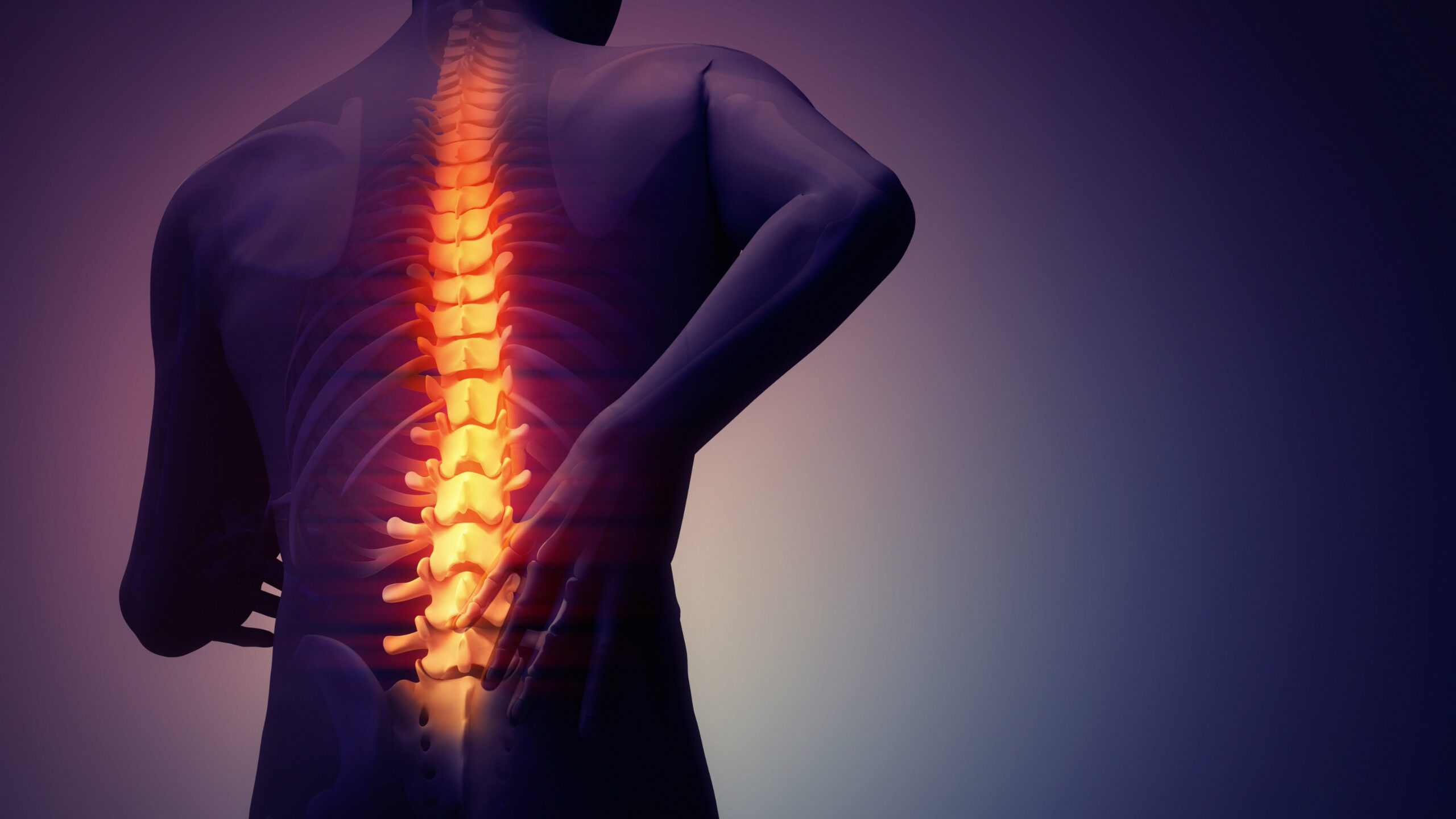Understanding Lumbar Spine Surgery: A Comprehensive Guide
What is Lumbar Spine Surgery?
Lumbar spine surgery fixes issues in the lower back through various surgical procedures. The lumbar region of the spine is a complex structure comprising spinal bones, discs, and nerves.
Surgery in this area is often considered when there is significant pressure on the nerves in the spine, leading to pain and numbness in the legs, along with other symptoms.
What conditions does it treat?
This surgery is commonly recommended for degenerative conditions like disc herniation, where a disc presses on the spinal nerves, causing intense leg pain and numbness.
Other conditions include bone spurs and spinal stenosis, where narrowed spaces in the spine exert undue pressure on the nerves. These issues can significantly impact quality of life, making surgical intervention a necessary option.
Types of Lumbar Spine Surgeries
Various types of lumbar spine surgeries exist, each tailored to specific conditions.
One of the most common is spinal decompression, which involves relieving pressure on the nerves. Spinal fusion, another type of surgery, involves joining spinal bones (vertebrae) together to address mechanical instability and alleviate pain.
Minimally invasive techniques are increasingly popular, offering smaller incisions, less tissue damage, and quicker recovery times. Each procedure has a unique approach, but most aim to relieve pressure on the spinal nerves. This helps to improve the patient’s mobility and comfort.
The Lumbar Spine Surgery Procedure
Lumbar spine surgery is typically conducted under general anesthesia. The specific procedure varies based on the type of surgery indicated. For instance, in spinal decompression, parts of the bone or disc may be removed to relieve pressure on the nerves. In a spinal fusion, the surgeon may use implants and bone grafting to fuse parts of the spinal column.
Benefits of Lumbar Spine Surgery
The primary benefit of lumbar spine surgery is pain relief and improved physical function. For many patients, surgery is a turning point. It allows them to return to their daily activities without the pain that once ruled their lives. Additionally, surgery can prevent further degeneration of the spinal region, helping maintain a healthier and more active lifestyle.
Risks and Side Effects
Like all surgical procedures, lumbar spine surgery comes with potential side effects and risks. It is imperative for patients to have a detailed discussion with their surgeon about these risks.
Common Risks of Surgery Include:
- Infection: An infection can occur at the incision site or within the spinal area. Infections can sometimes be serious and require additional treatment.
- Bleeding and Blood Clots: As with any surgery, there’s a risk of bleeding during or after the procedure. Blood clots can also form, especially in the legs, posing a significant health risk if they travel to the lungs or heart.
- Nerve Damage: Due to the proximity of the nerves, there’s a risk of nerve damage during surgery. This can lead to numbness, weakness, or even paralysis in rare cases. The spinal cord and nerve root are susceptible to injury during spine surgery.
- Persistent Pain: Some patients may continue to experience pain after surgery, or in some cases, the pain may worsen. This could be due to the surgery not fully addressing the underlying issue or the development of new spine problems.
Preparing for Lumbar Spine Surgery
Preparation is a crucial aspect of lumbar spine surgery. Patients are usually advised to engage in several pre-surgical steps, such as physical conditioning, quitting smoking, nutritional adjustments, and stopping certain medications. A well-prepared body can significantly impact the surgery’s success and the speed of recovery.
Let's build your treatment
path, together.
Post-Surgical Rehabilitation
After surgery, rehabilitation plays a vital role in the patient’s recovery. This often includes physical therapy, which is critical for restoring strength and flexibility to the spine. Rehabilitation programs are tailored to each patient’s specific needs, focusing on gradual and safe progression back to normal activities.
Recovery and Aftercare
Post-surgery, patients often undergo a period of recovery, where they may need to engage in physical therapy to strengthen the spine and surrounding muscles. Proper aftercare is crucial to ensure a smooth recovery. The duration of recovery varies, depending on the individual and the type of surgery performed.
Conclusion
Lumbar spine surgery is a valuable medical procedure that can provide relief from chronic back pain and improve the quality of life for many.
It’s important for patients to thoroughly understand the surgical options, potential risks, and recovery process.
Consulting with a medical professional is the best way to determine if lumbar spine surgery is an appropriate solution for your spinal health needs.

About Dr. Michael G. Kaiser
Dr. Michael G. Kaiser is a nationally recognized neurosurgeon in North Jersey and is a proud member of Neurosurgeons of New Jersey, practicing out of their Ridgewood office conveniently located on East Ridgewood Avenue. Dr. Kaiser specializes in complex and minimally invasive spine surgeries.
Recent Posts:






